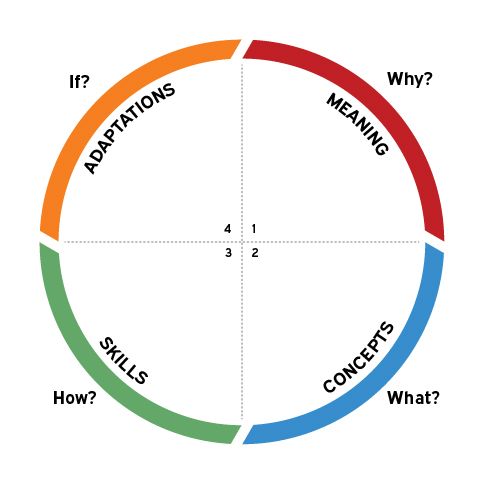How Can I know My Learning Style?
The perceiving and processing dimensions come together to form four quadrants, which are also the learning styles.
What are the differences between the learning styles?
Why is it important to know my learning style?
But what is more important than learning styles is the guidance for teachers and instructors on how to design learning that embraces all learning styles.
For this guidance, we turn to the cycle of learning that embraces and accommodates all learning styles.
For this guidance, we turn to the cycle of learning that embraces and accommodates all learning styles.




